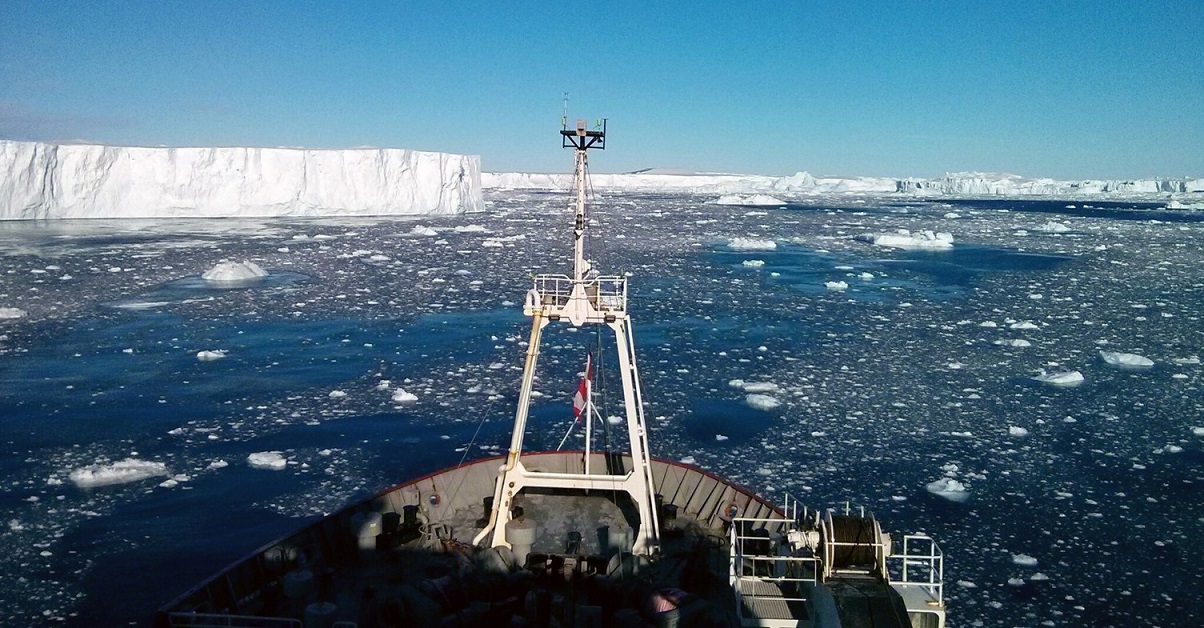Researchers Discover an Active Volcanic Heat Source Under Antarctica’s Pine Island Glacier

Researchers and scientists have discovered an active volcanic heat source under a major glacier in Antarctica by mistake. They were looking to see how the ocean melts the ice shelf and found traces that showed there was volcanic heat source under the Pine Island Glacier.
Analysis, the whole results, and the discovery made by the team were recently published in the paper “Evidence of an active volcanic heat source beneath the Pine Island Glacier,” in Nature Communications.
Understanding How Ocean Melts the Ice Shelf
The lead author of the paper is Assistant Professor Brice Loose of Newport, a chemical oceanographer at the University of Rhode Island’s Graduate School of Oceanography. He based his study on research conducted in 2014 to Antarctica which was led by scientists in the UK:
“We were looking to better understand the role of the ocean in melting the ice shelf. I was sampling the water for five different noble gases, including helium and xenon. I use these noble gases to trace ice melt as well as heat transport. Helium-3, the gas that indicates volcanism, is one of the suite of gases that we obtain from this tracing method.”
He continues explaining that they were using the gases to trace other actions, but then he says they saw “high concentrations of helium-3 [and] we thought we had a cluster of bad or suspicious data.”
Under the West Antarctic Ice Sheet, there is a major volcanic rift system, but URI scientists have no evidence that there is magmatic activity. According to Loose, the last activity was 2,200 years ago. The Helium-3 was found “beneath the fastest moving and the fastest melting glacier in Antarctica, the Pine Island Glacier. It is losing mass the fastest.”
Climate Change Melts the Ice
However, Loose warns that volcanism is not why from Pine Island lost so much ice over the years and that it is highly “related to a change in the climatological winds around Antarctica.”
Loose added that most of the glacial melt they’ve observed was caused by climate change and that they don’t know yet how the heat from the volcanoes is distributed under the sheet of ice.
The fact that volcanism is present under the Pine Island Glacier is only telling scientists to consider it while monitoring the ice sheet’s stability.
The chief scientist for the expedition, Professor Karen Heywood, from the University of East Anglia in Norwich (UK) explains that the volcanoes under the Antarctic ice sheet will add more heat and melt the ice. It’s important to include “this in our efforts to estimate whether the Antarctic ice sheet might become unstable and further increase sea level rise,” because according to the authors of the study, it could “impact the future dynamics of the Pine Island Glacier.”
0 comments